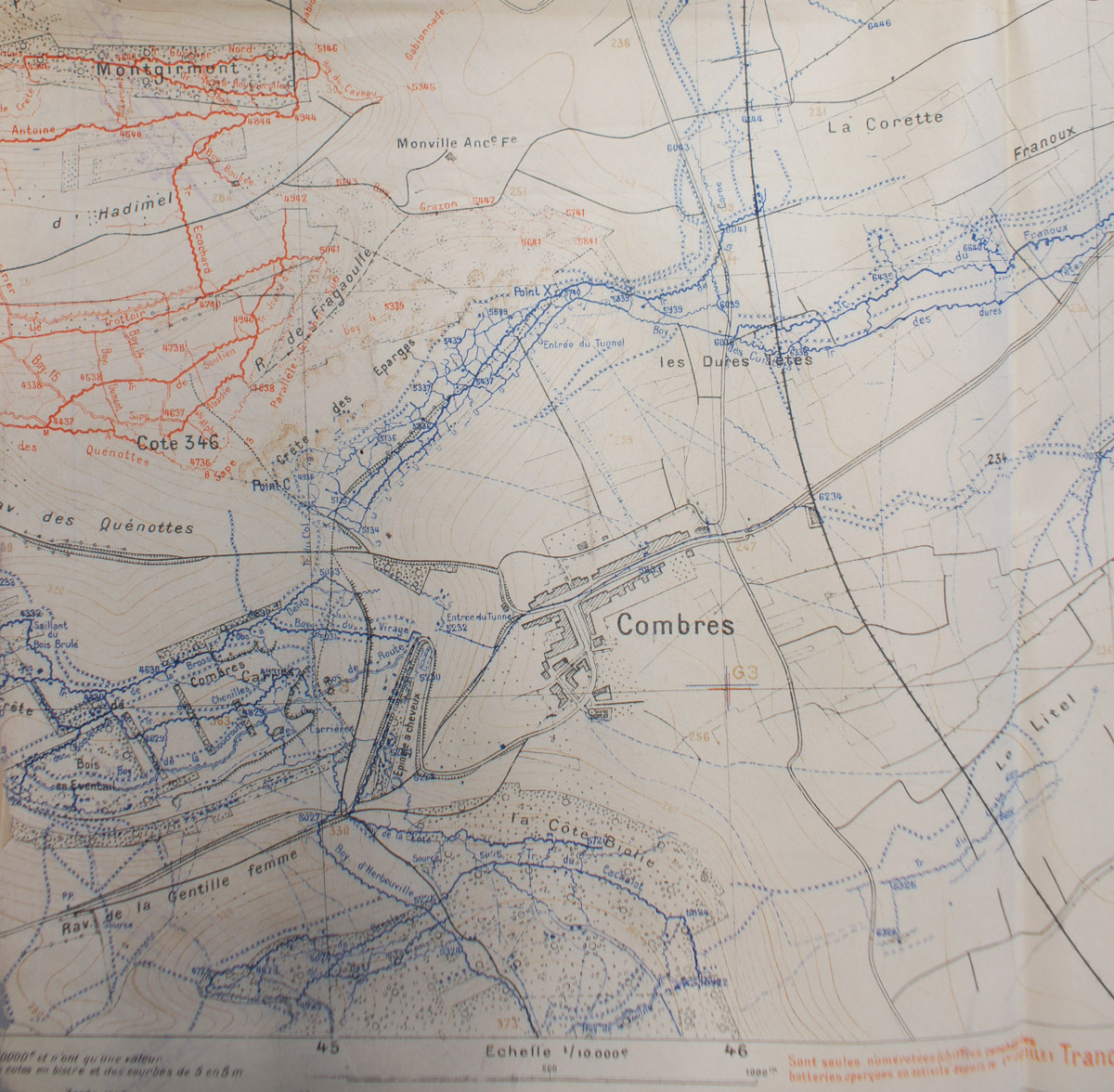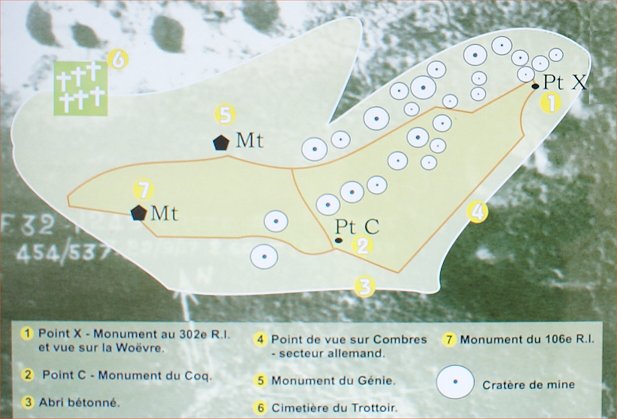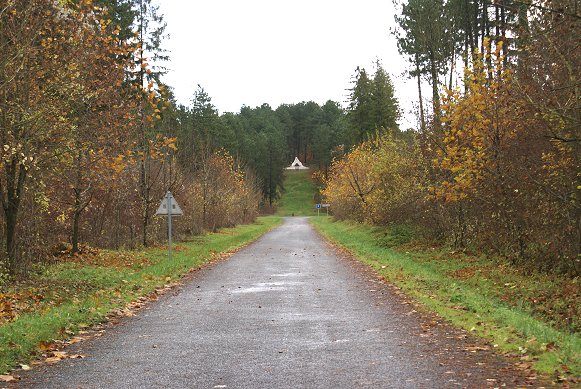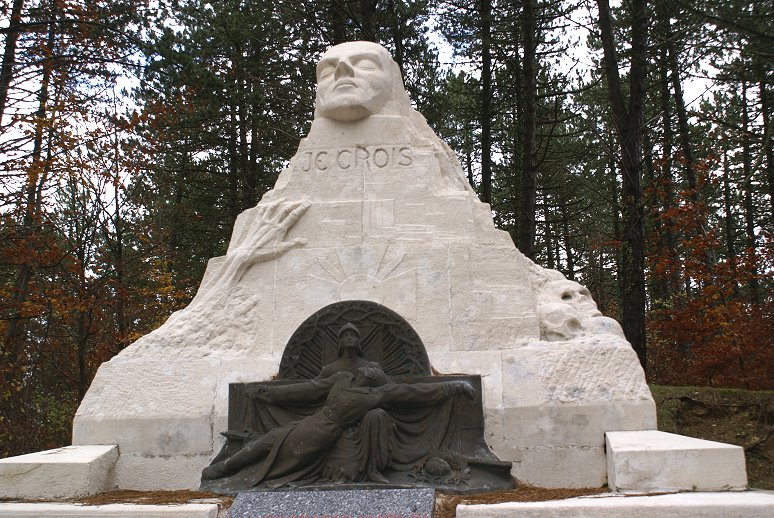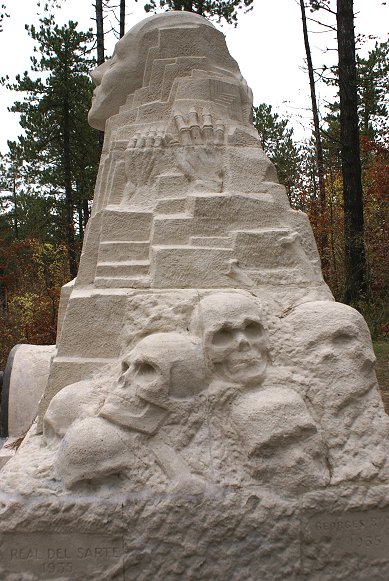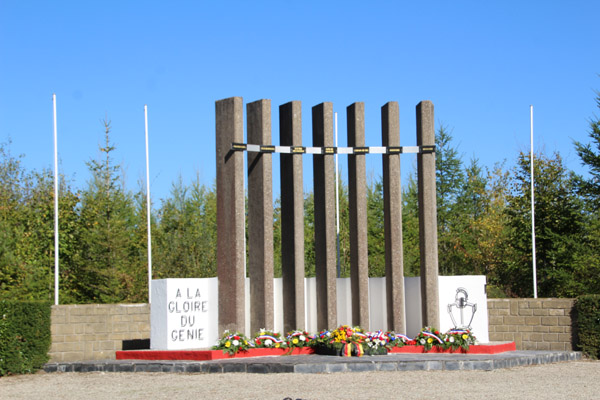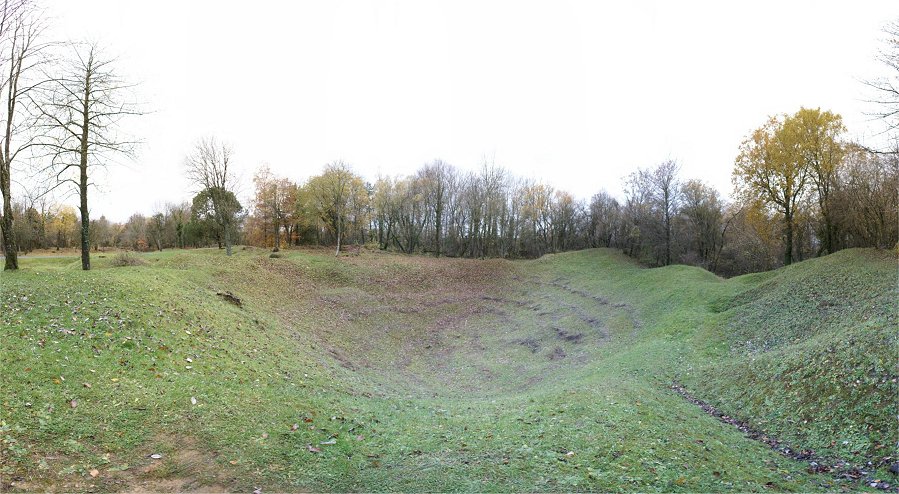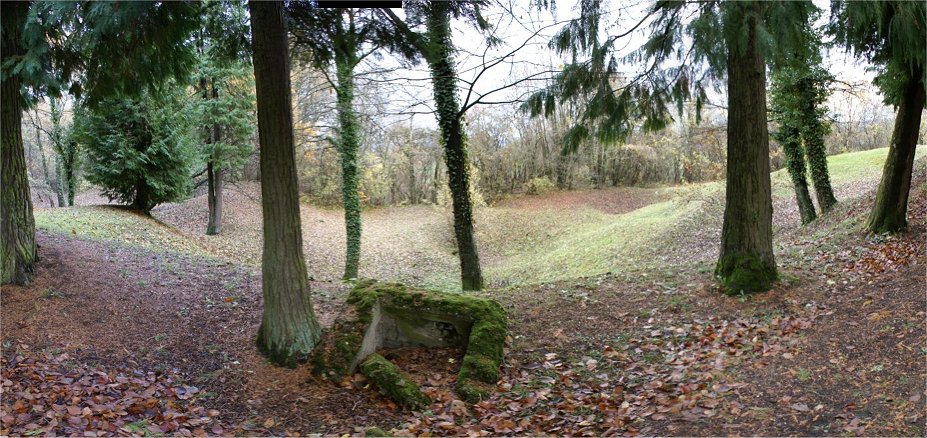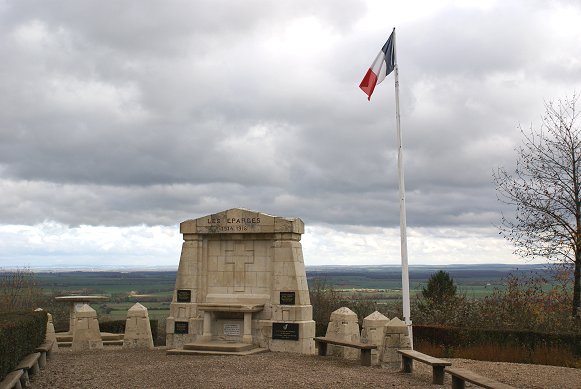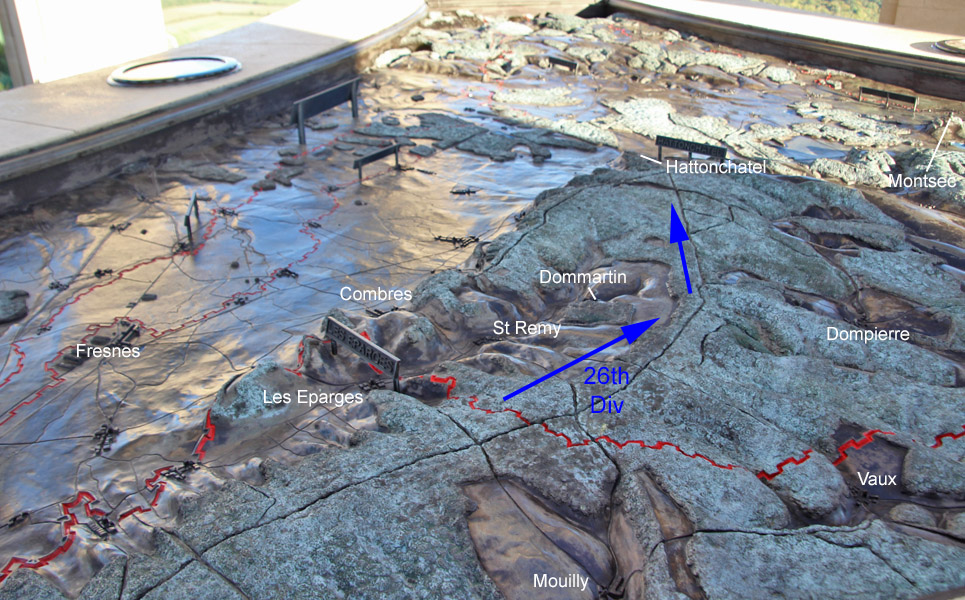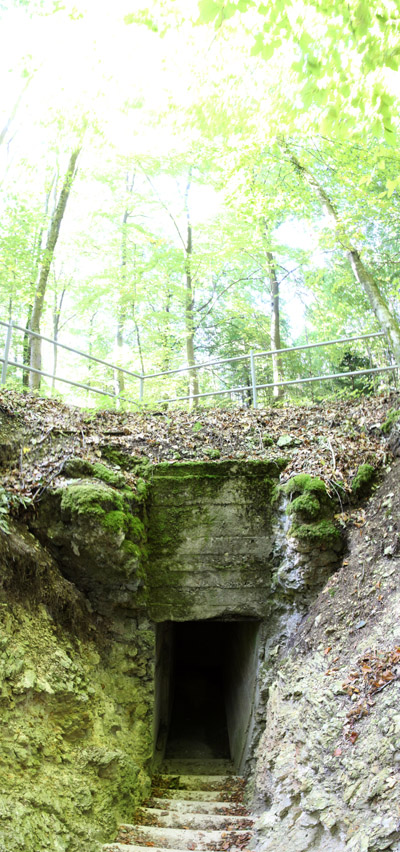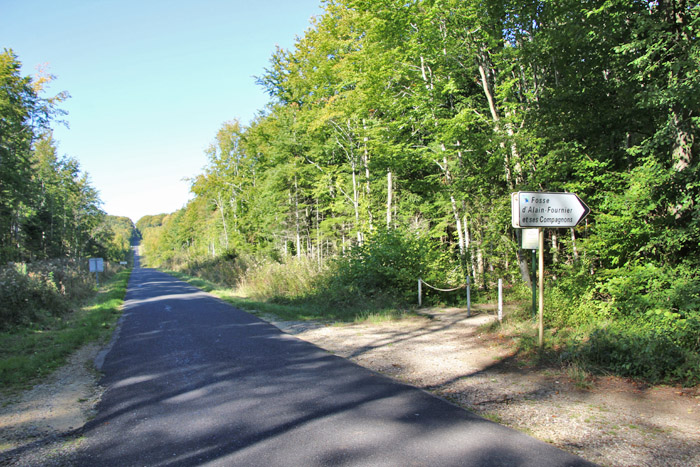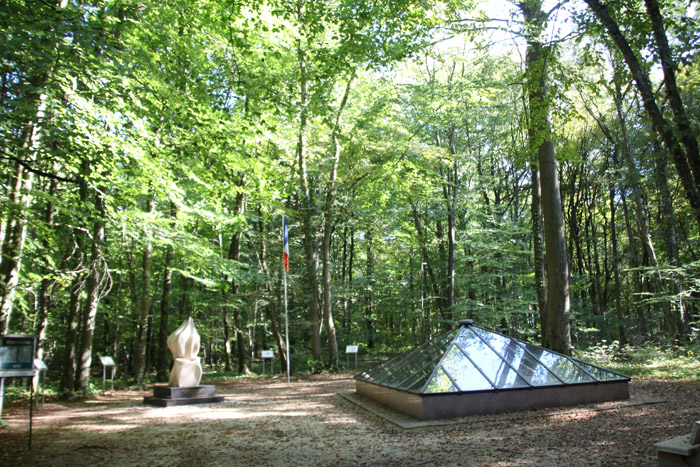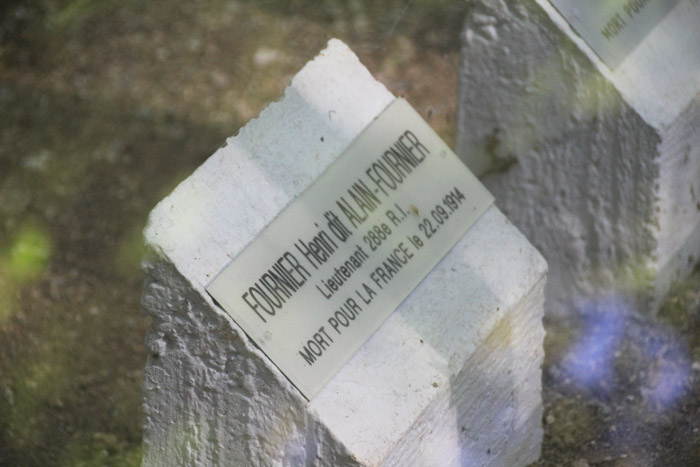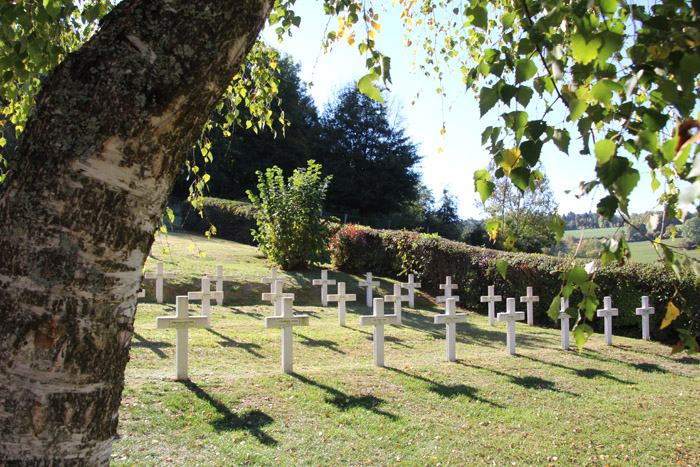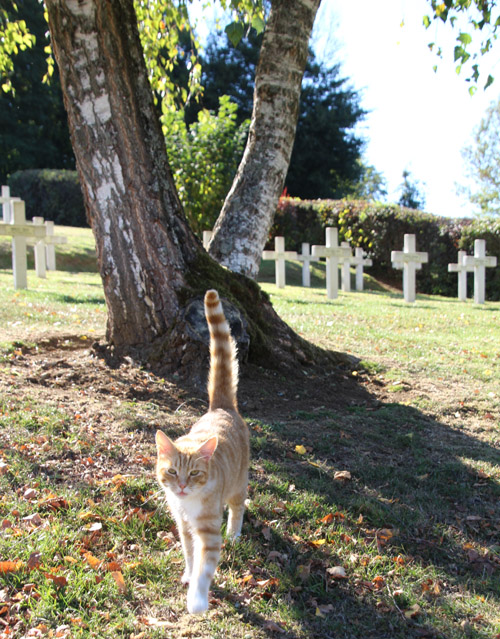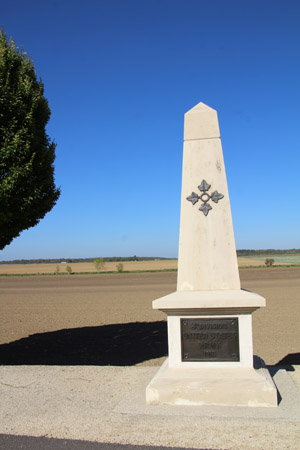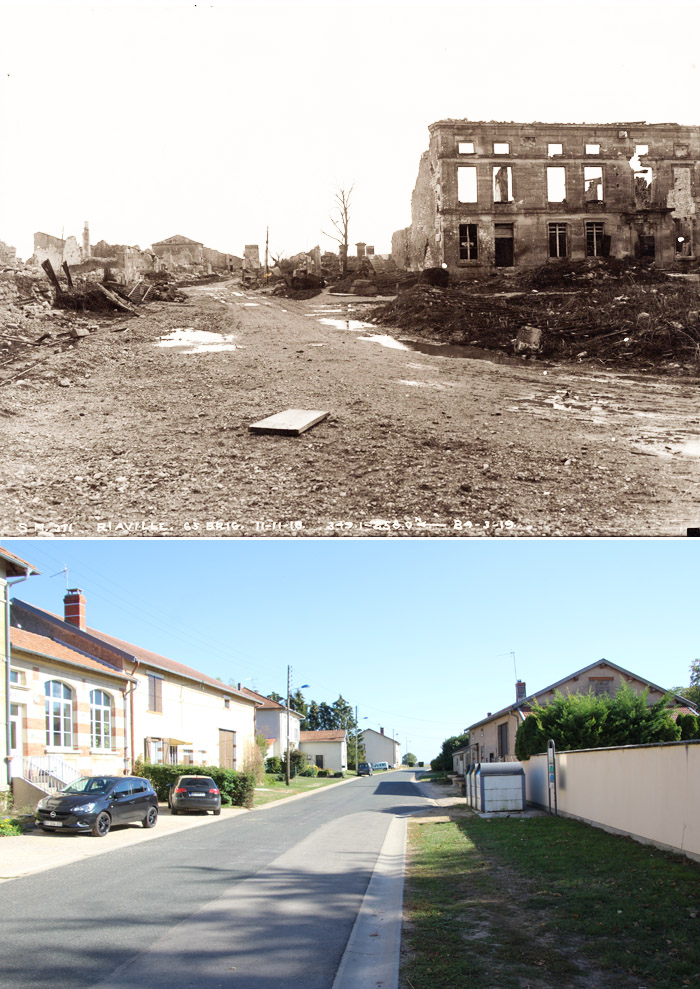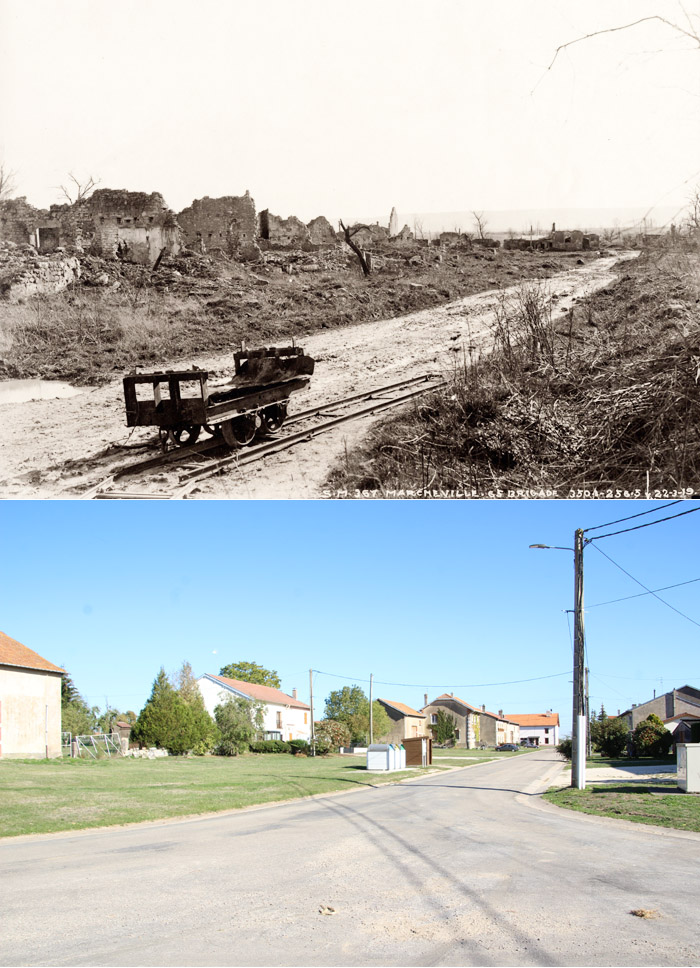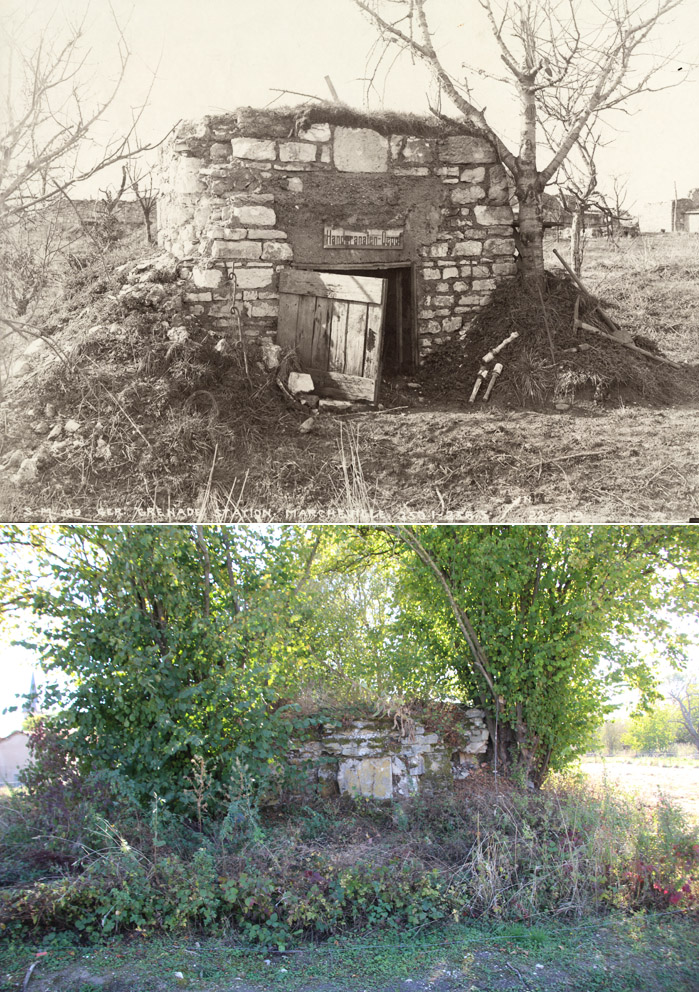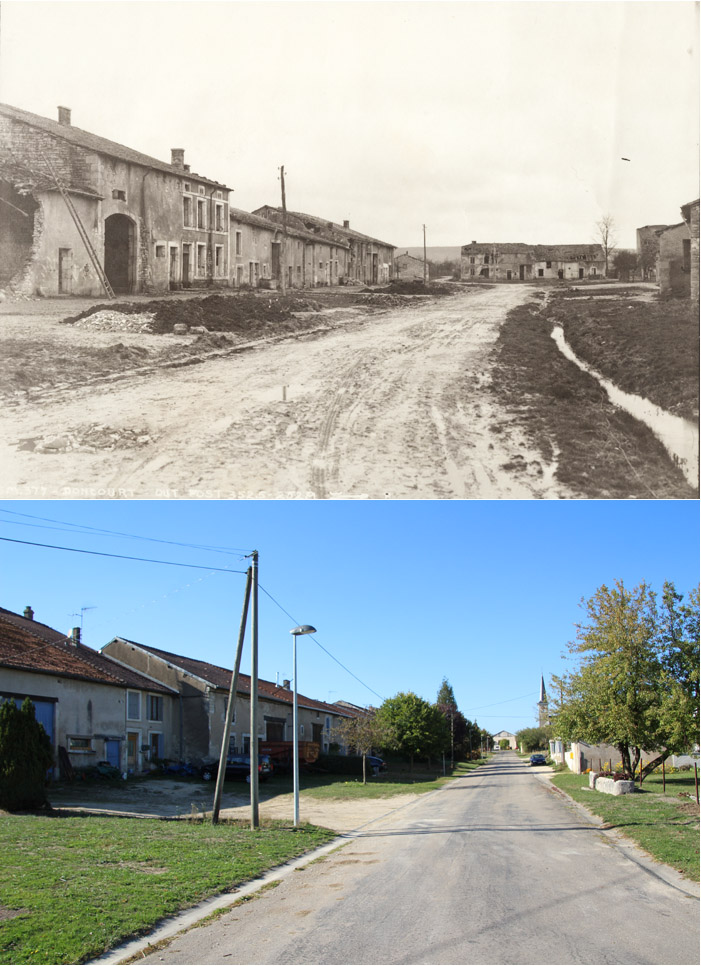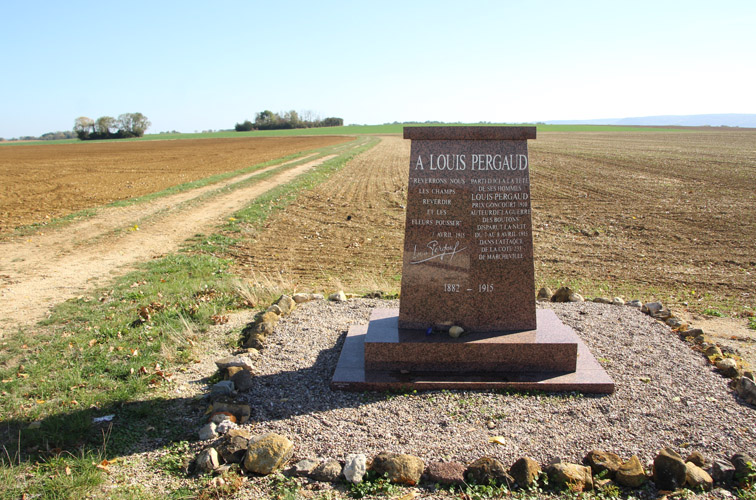|
In September 1914, after the initial advance into France had been
halted, the Germans once again went on the offensive, capturing land
south of Verdun, an area that would be known as the St. Mihiel
Salient. The Germans strongly fortified the Butte des
Eparges to the east of the town of Eparges. The high ground there
overlooks the Woevre plain to the east. By February 1915, the
French high command became concerned with Verdun; the St. Miheil
Salient cut off one of the two major rail lines
into Verdun, and a German advance in the
Argonne Forest took another rail line to Verdun out of action. In
addition to attacks on Butte Vauquois, the French high command ordered
the recapture of the St. Miheil Salient, including the Butte des
Eparges on its northern side. On February 17, 1915, the French
conducted a major attack, preceded by the explosion of four mines.
Fighting continued into April. Point C on the southwestern end was captured on
April 9th. Most of the ridge was recaptured that month with the exception of
Point X on the northeastern end. Point X would hold out until the American St.
Miheil offensive in 1918. In all, nearly 300 mines were blown on
the ridge during the war, with the largest being about 30 tons. |
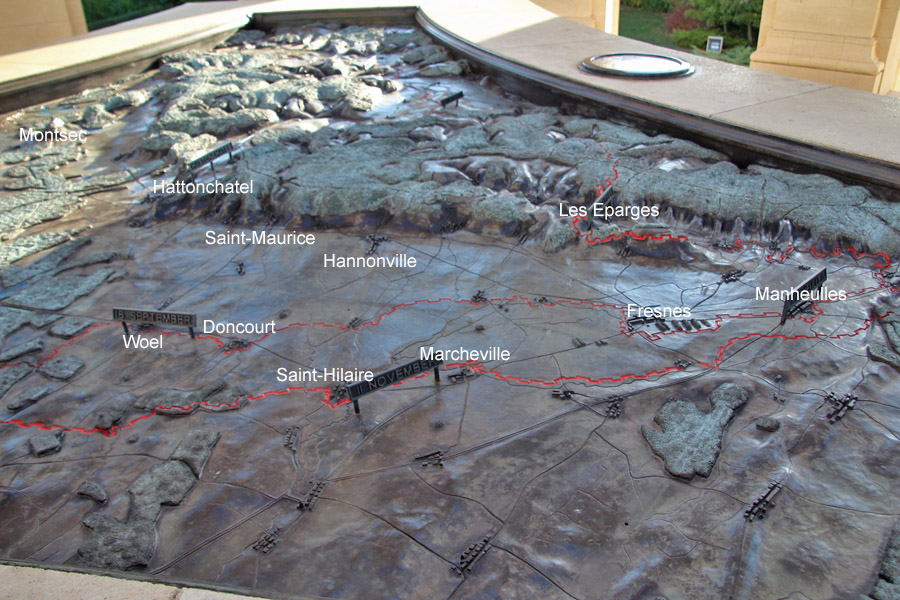
The shape of the relief map matches the trianglular shape of the St
Mihiel Salient. The red trench lines around Woel to Manheulles
are the base of the salient, where the September American and
French offensive ended. The salient's northern face ran from
around Manheulles through Les Eparges to St Mihiel. |

